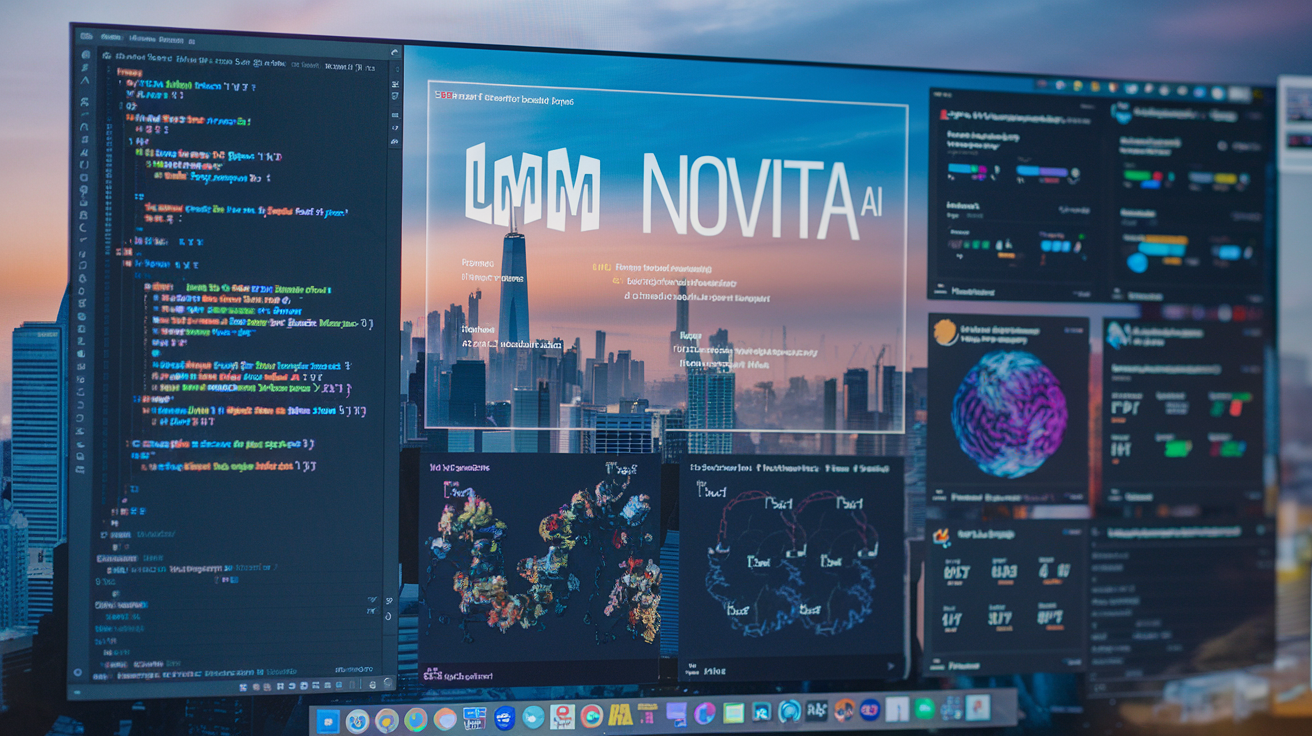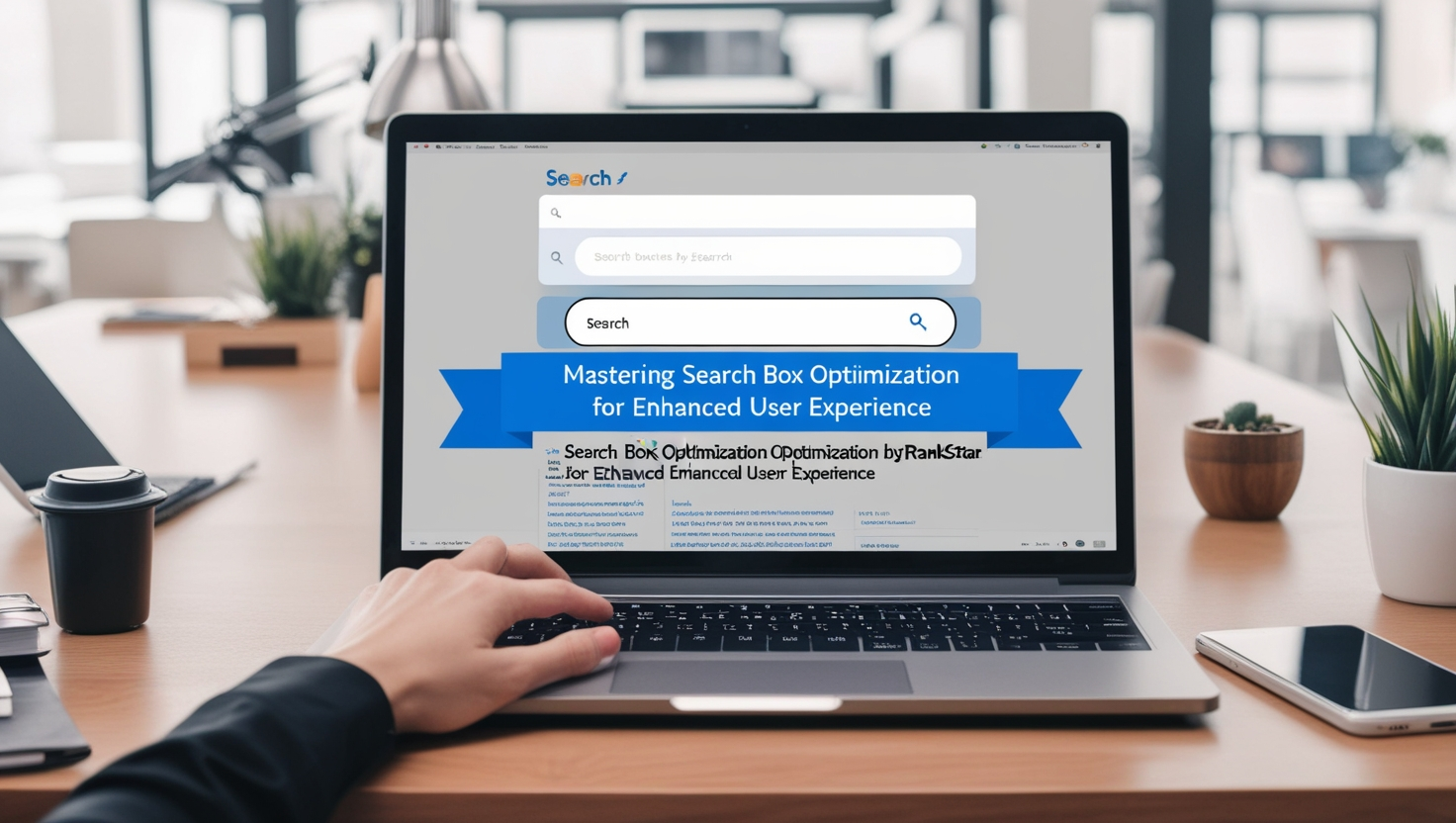
As artificial intelligence (AI) continues to shape numerous industries, developers, and data scientists must learn how to set up a local LMM Novita AI on their systems. The LMM Novita AI framework is an excellent tool for machine learning (ML) tasks, including natural language processing (NLP), image recognition, and predictive analytics. In this guide, we’ll walk you through how to set up a local LMM Novita AI environment, from installation to running your first model.
What is LMM Novita AI?
Before diving into how to set up a local LMM Novita AI, let’s understand what the LMM Novita AI framework is. This framework is designed to build and run machine learning models, offering built-in support for traditional ML tasks and more complex deep learning problems. With LMM Novita AI, you can create models for various applications, such as Text processing, image classification, and even time series analysis. Knowing how to set up a local LMM Novita AI allows you to customize your environment without relying on cloud services.
Why Set Up LMM Novita AI Locally?
Setting up LMM Novita AI locally provides several benefits. First, it lets you control your models, data, and configurations. You can adjust training parameters, tweak the system settings, and even experiment with different versions of models without depending on external services. Additionally, running LMM Novita AI on your local machine significantly reduces latency, giving you faster results and more flexibility to work with your data.
Prerequisites for Setting Up LMM Novita AI Locally
Before learning how to set up a local LMM Novita AI, ensure that your system meets the necessary prerequisites:
Operating System: LMM Novita AI supports Windows, macOS, and Linux. Ensure your operating system is up to date.
Python: LMM Novita AI requires Python 3.7 or newer.If Python isn’t installed, you’ll need to download and set it up.
Virtual Environment: Creating a virtual environment is recommended for a clean setup to avoid conflicts with other Python packages.
Hardware: If you’re training large or deep learning models, having a machine with at least 8GB of RAM and a dedicated GPU is highly recommended.
A Comprehensive Guide to Setting Up a Local LMM Novita AI
Step 1: Install Python and Dependencies
To learn how to set up a local LMM Novita AI, you’ll first need to install Python. Visit the official Python website to download the latest version that is compatible with your operating system. Be sure to select the “Add Python to PATH” option during installation.
Next, open a terminal or command prompt and install the essential Python libraries for machine learning. You’ll need packages like numpy, pandas, and scikit-learn to manage data and build models:
Bash
pip install numpy pandas matplotlib scikit-learn
These dependencies are foundational for setting up a local LMM Novita AI environment.
Step 2: Create a Virtual Environment
Using a virtual environment when working with machine learning frameworks like LMM Novita AI is highly recommended. A virtual environment isolates your dependencies, preventing conflicts with other Python projects. To set it up, install the virtualenv package and create a new environment:
Bash
pip install virtualenv
virtualenv novita_ai_env
To activate the virtual environment:
On Windows:
Bash
novita_ai_env\Scripts\activate
On macOS/Linux:
Bash
source novita_ai_env/bin/activate
This step is crucial in setting up a local LMM Novita AI environment.
Step 3: Install LMM Novita AI
The next step in how to set up a local LMM Novita AI is installing the Novita AI framework. You can install the latest version using pip:
Bash
pip install novita-ai
This will download and install LMM Novita AI and all its necessary dependencies.
Step 4: Verify the Installation
After installation, verify that LMM Novita AI is correctly installed by opening a Python interpreter or creating a Python script. Try importing the Novita AI package:
Python
import novita_ai
print(“LMM Novita AI is successfully installed!”)
If you don’t receive any errors, you’ve completed the first steps in how to set up a local LMM Novita AI.
Step 5: Configure Your System
Next, configure your system according to your project’s requirements. LMM Novita AI comes with default configuration files, usually in JSON format, where you can specify model architecture, data paths, training parameters, and other settings.
Locating and editing the configuration file will be an essential step in how to set up a local LMM Novita AI.
Step 6: Load Your Data
Now that your system is configured, the next step in setting up a local LMM Novita AI is loading your data. You may work with CSV, JSON, or image files, depending on your use case. For structured data like CSV, pandas are typically used to load the data into a data frame:
Python
import pandas as PD
data = pd.read_csv(‘your_data.CSV)
This data will help train your model.
Step 7: Train Your Model
With the data loaded, you can begin training your model. LMM Novita AI makes it easy to train models using built-in functions. Here’s how you would train a model:
Python
from novita_ai import train_model
train_model(data, epochs=10, batch_size=32)
Training the model can take time, depending on the complexity and size of your dataset. This step demonstrates how to set up a local LMM Novita AI and train a machine-learning model.
Step 8: Evaluate Your Model
After training, evaluate your model’s performance. LMM Novita AI provides functions to assess the accuracy and efficiency of your trained models. Here’s an example of evaluating your model:
Python
from novita_ai import evaluate_model
evaluation_results = evaluate_model(test_data)
print(evaluation_results)
This is a critical step in setting up a local LMM Novita AI that allows you to check the effectiveness of your trained model.
Step 9: Make Predictions
Once you’re satisfied with the evaluation results, you can use your trained model to make predictions on new data:
Python
predictions = model.predict(new_data)
print(predictions)
This is the final step in how to set up a local LMM Novita AI for predictive tasks.
Conclusion
Knowing how to set up a local LMM Novita AI empowers you to develop and experiment with AI models in a controlled environment. Whether working with NLP, image recognition, or predictive models, setting up Novita AI locally provides the flexibility and control you need to optimize your machine-learning workflow. By following these steps, you’ll be well-equipped to leverage the full potential of LMM Novita AI on your system.
FAQs
1. What is the LMM Novita AI framework used for?
LMM Novita AI is designed to build machine learning models for various tasks, including NLP, image recognition, and predictive analytics.
2. Do I need a GPU to run LMM Novita AI?
A GPU is not required but can significantly speed up deep learning tasks, especially for large models.
3. Can I integrate LMM Novita AI with other frameworks?
LMM Novita AI can be integrated with other Python libraries and frameworks such as TensorFlow, PyTorch, or scikit-learn.
4. How do I troubleshoot errors in LMM Novita AI?
Check the documentation for troubleshooting tips, ensure all dependencies are installed, and search for solutions in the community forums if needed.
5. Can I deploy models built with Novita AI?
Yes, models built using Novita AI can be deployed to local and cloud environments, depending on your needs.


